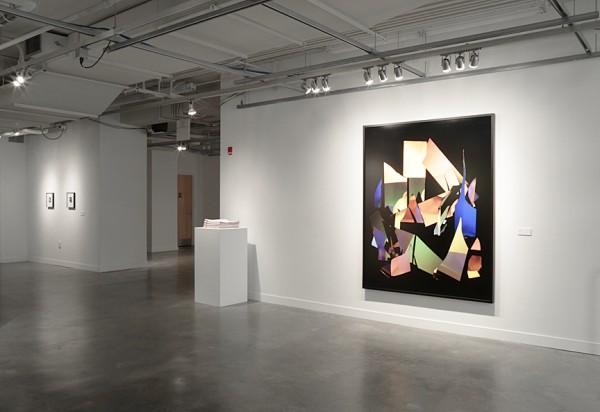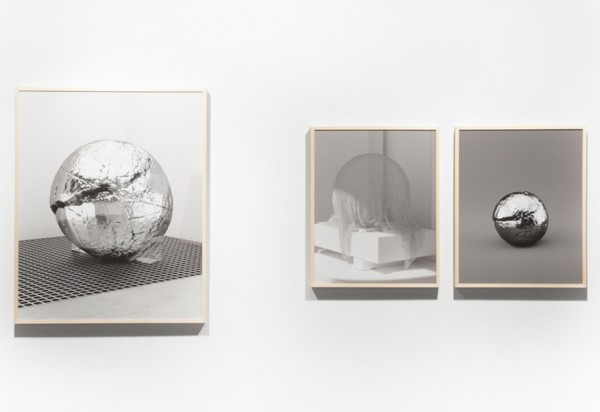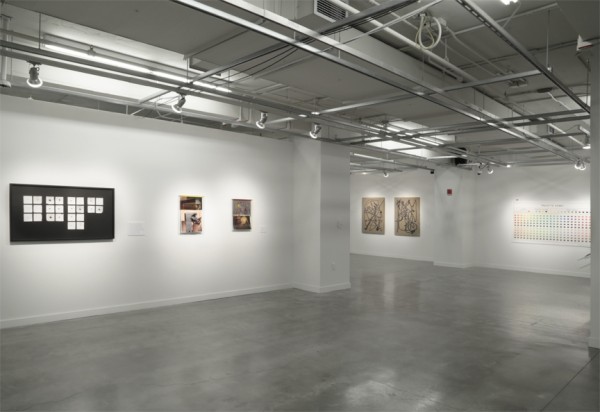Fragments of an Unknowable Whole
Thursday, 5 June 2014
Fragments of an Unknowable Whole @ Urban Arts Space.
The artists in Fragments of an Unknowable Whole see the irresolvable question of photographic meaning as a launching point for their artistic inquiries. They are not concerned with seeking photographic truth. Instead, these diverse practices complicate the idea that a photographic image is a fixed view of a “transparent window on the world.” They search for new perspectives and directions that mobilize the shifting contexts of images, opening up the possibilities of the photographic rather than reducing it to a narrowly prescribed process.
The organization of this exhibition functions in a similarly discursive manner. This project embraces the boundless nature of these practices and is careful to avoid categorizing the individual artists as working with one kind of photographic genre or another. Many of the artists included in this exhibition do not identify as photographers. While most work with a camera and lens as a part of their process, they do so through approaches that unsettle the ‘transparent’ picture space. Many of the artists featured look to additional resources for gathering information, turning to sources in which images have already been embedded: web browsers, texts, archives, found objects and materials, and even their own artwork. Regardless of their approach, each artist is working with the photographic image in provocative ways in this contemporary moment.
Perhaps the most significant common thread between these practices is how they complicate and expand the spaces of the photographic image. While the most prevalent areas of exploration are located within the broader photographic spaces—the screen space, the picture plane, the physical and material spaces—it would be impossible to situate any one artist’s approach into a single spatial context. They are more inclined to traverse the boundaries of these spaces, and in doing so open up the potential for creating hybrid forms of image-making.





